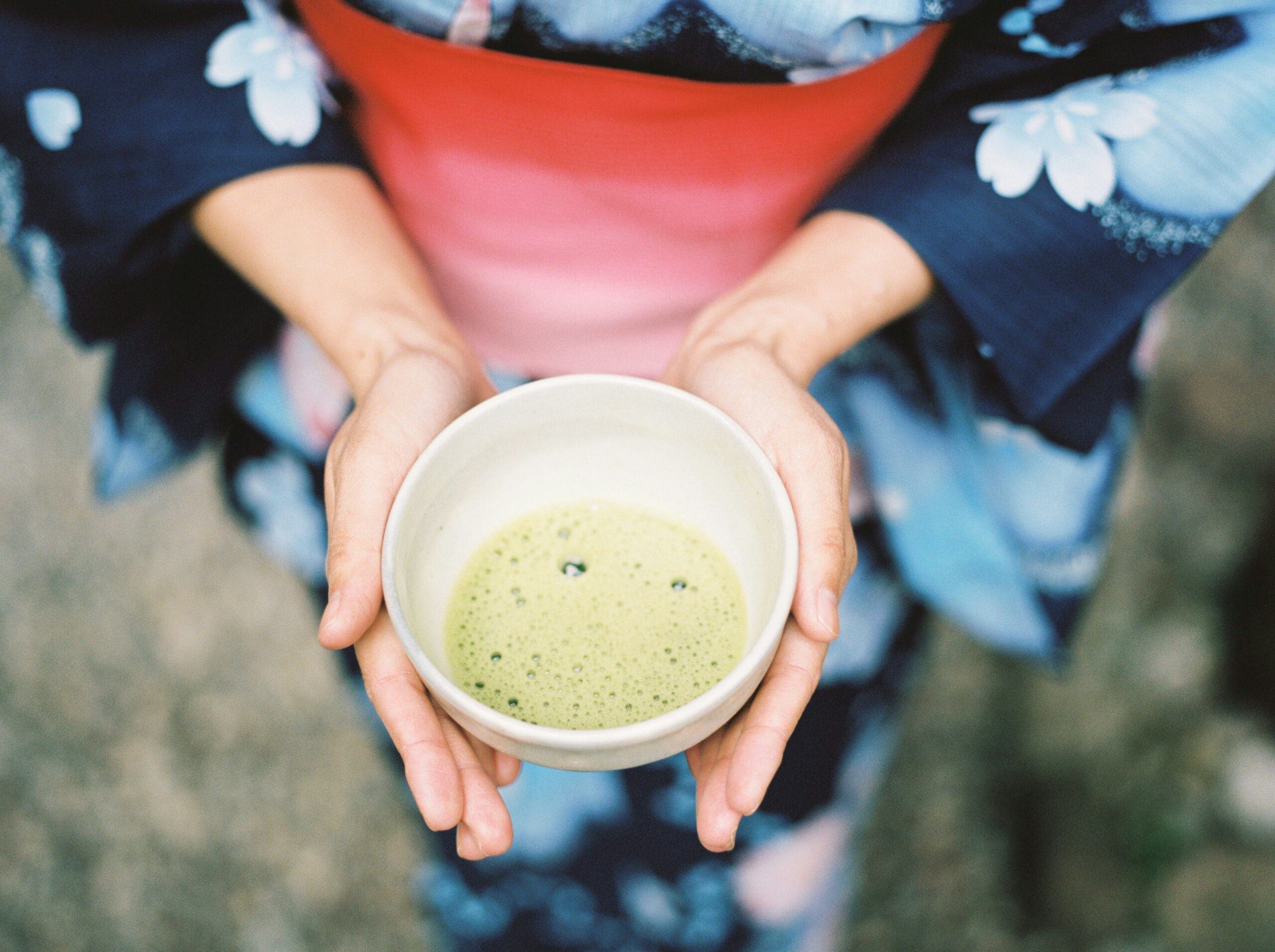
There’s a quiet kind of magic in Japan. The wind carries centuries of wisdom, and every stone path seems to lead to something sacred. It’s a place where ancient philosophies still breathe in the silence of moss-covered temples.
You’ll find yourself noticing more while you’re here, like the steam rising from a mountain onsen and the gentle hands that prepare your tea.
In Japan, you’re free to let your heart settle into the hush of a Kyoto morning, as the breeze dances with the bamboo before gently caressing your face. Your spirit will be cradled by warm waters and worn wood, nourishing bowls of miso, and the soft rustle of prayer flags.
The land, the people, the food, and each offering have their own kind of quiet healing. In the end, you’ll find that Japan isn’t asking you to transform. It’s simply inviting you to remember who you are.
Soak in Stillness: The Onsens of Kyoto
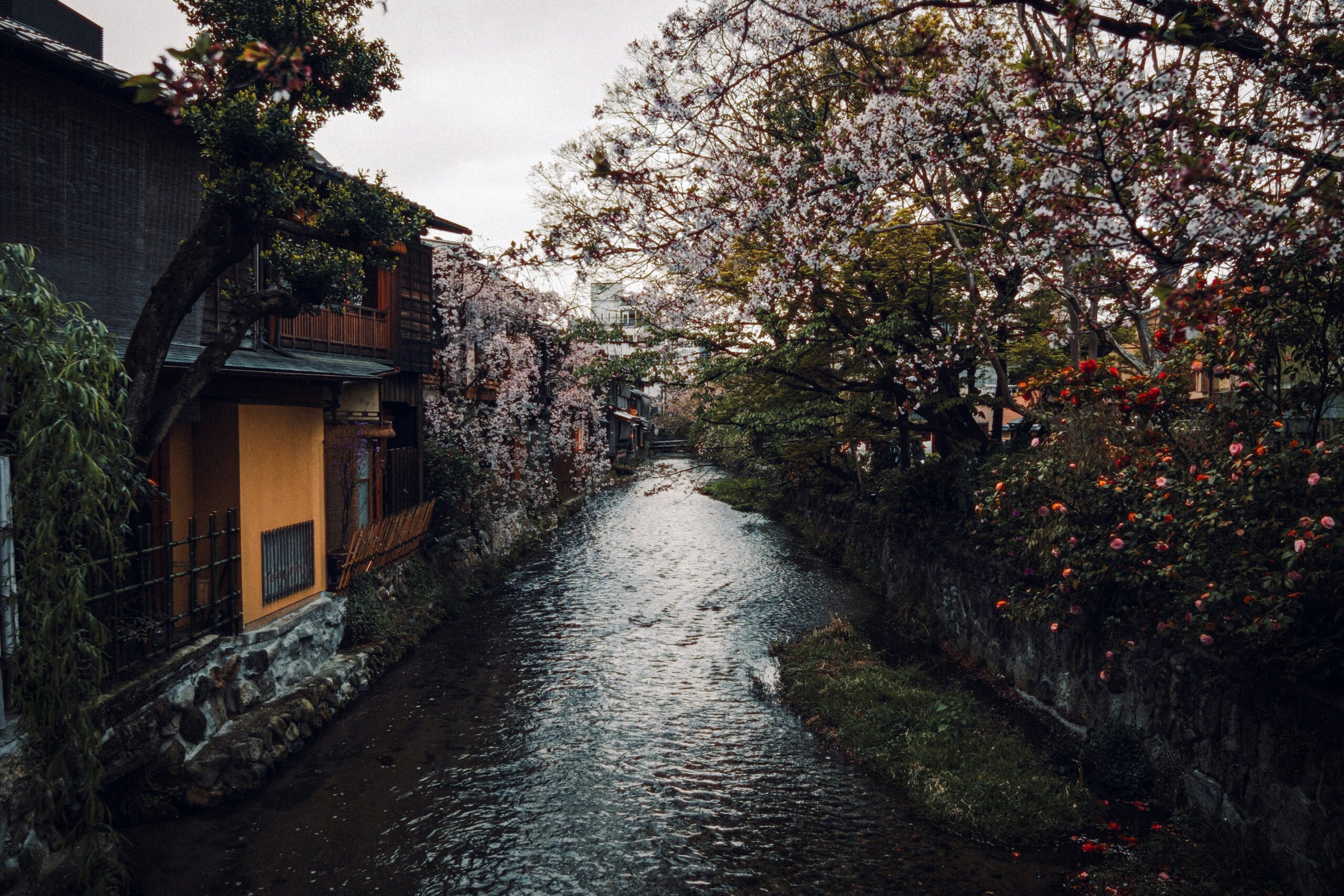
Can you imagine slipping into a hot spring after a long day of exploring? You can live that dream. Kyoto is home to some of the most serene onsens (hot springs) in the world. These natural baths, heated by geothermal energy, have been a cornerstone of Japanese wellness for centuries.
In Kyoto, places like Kurama Onsen, tucked into the mountains just north of the city, offer a peaceful soak surrounded by cedar trees. You’ll find locals and travelers lounging quietly, letting the mineral-rich water ease tension from both muscles and mind.
Kyoto’s onsens aren’t just about physical relaxation; they’re also deeply spiritual. Traditional inns, or ryokans, often have their own private baths, and many are designed to welcome nature indoors.
Picture bamboo groves just outside your window or the gentle murmur of a river as you soak. When you pair your visit with a cup of hot tea or a nourishing kaiseki meal afterward, you have yourself a recipe for pure bliss.
Bloom in Your Own Time: Oubaitori in Everyday Japan
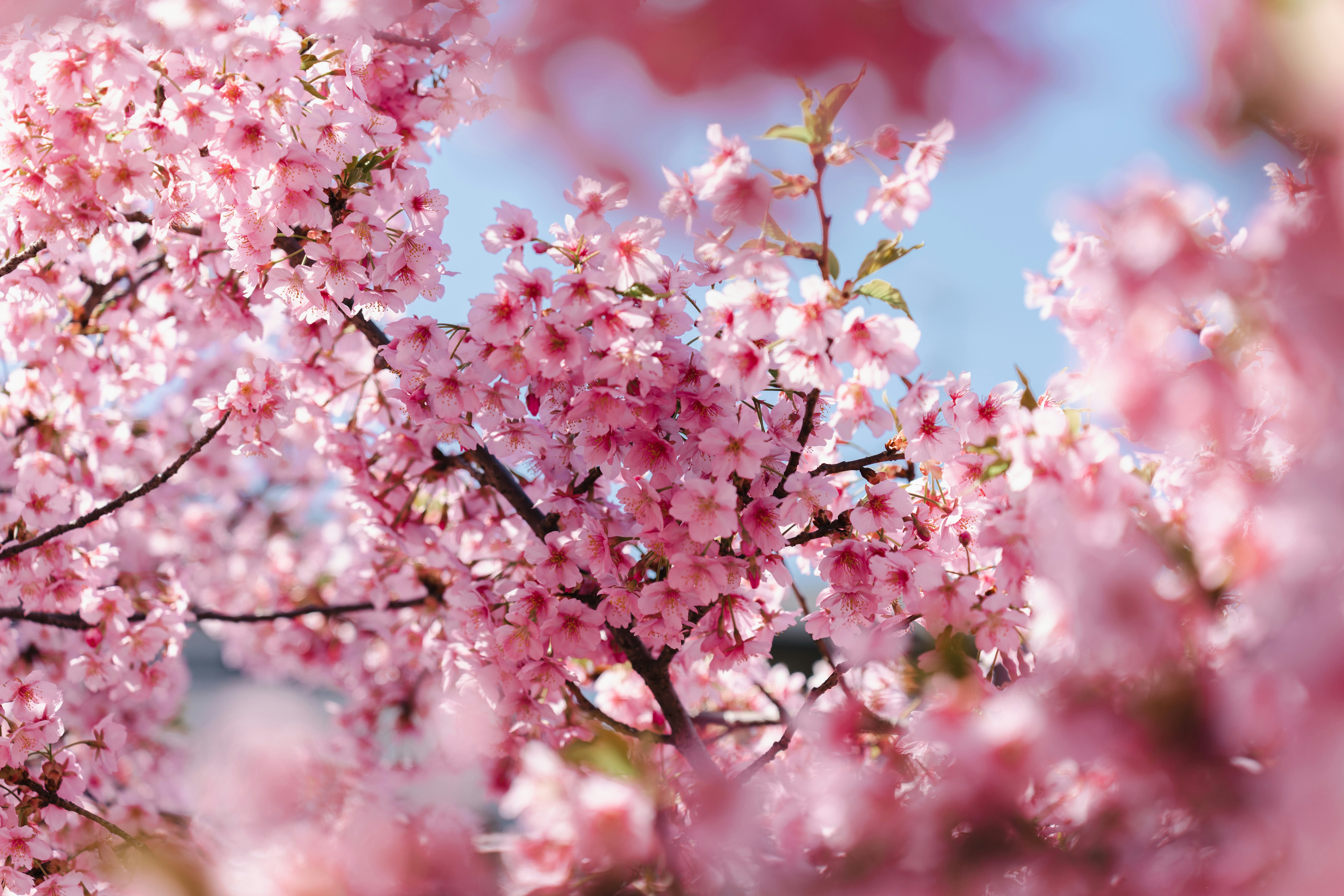
There’s a beautiful Japanese concept called Oubaitori that’s based on four spring blossoms: cherry, plum, peach, and apricot. Each one blooms in its own time. The principle is a quiet reminder not to compare ourselves to others because every path is unique.
You’ll see this philosophy come to life in places like Nara Park, where free-roaming deer meander at their own pace, or the quiet contemplation of visitors at Arashiyama Bamboo Grove in Kyoto. Everyone’s journey is different, and that’s worth celebrating.
You’ll also feel Oubaitori’s spirit in the people of Japan. Whether it’s an artisan perfecting the same craft for decades or a monk sweeping temple steps at sunrise, there’s a deep appreciation for individual growth and purpose. You can also explore small towns like Kanazawa or Takayama, where life seems to move at a slower pace. It makes it easier to appreciate your own personal season of growth.
A Sacred Stay: Finding Peace in Mount Koya’s Temple Lodgings
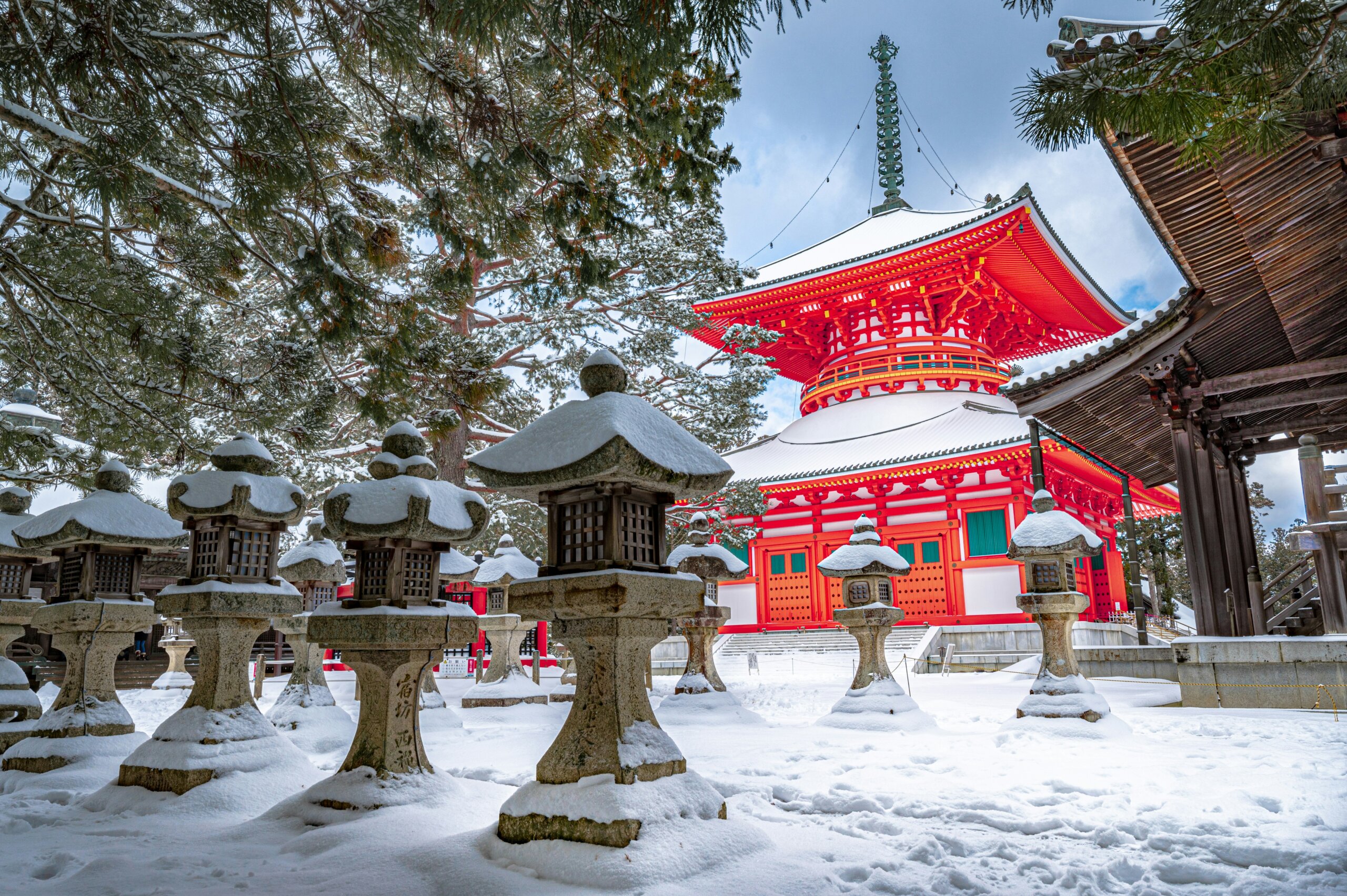
Mount Koya (Koyasan) isn’t just a scenic escape; it’s a spiritual sanctuary nestled high in the mountains of Wakayama Prefecture. Here, you can stay in shukubo (temple lodgings) where monks welcome guests into their sacred routines.
It’s the kind of place where, again, time magically seems to slow down. You’ll rise with the sun for morning chants, walk barefoot across tatami floors, and dine on shojin ryori, a humble yet artful vegan cuisine that nourishes body and soul.
The surrounding landscape is just as transformative. Towering cedar trees line ancient stone pathways, and the Okunoin Cemetery, with its moss-covered gravestones, feels like something out of a dream. At night, the silence is profound. It’s something you’ll never forget. All in all, this is wellness on a different level – a kind of peace that you will carry with you long after you’ve left.
The Beauty of Impermanence: Wabi-Sabi in the Details
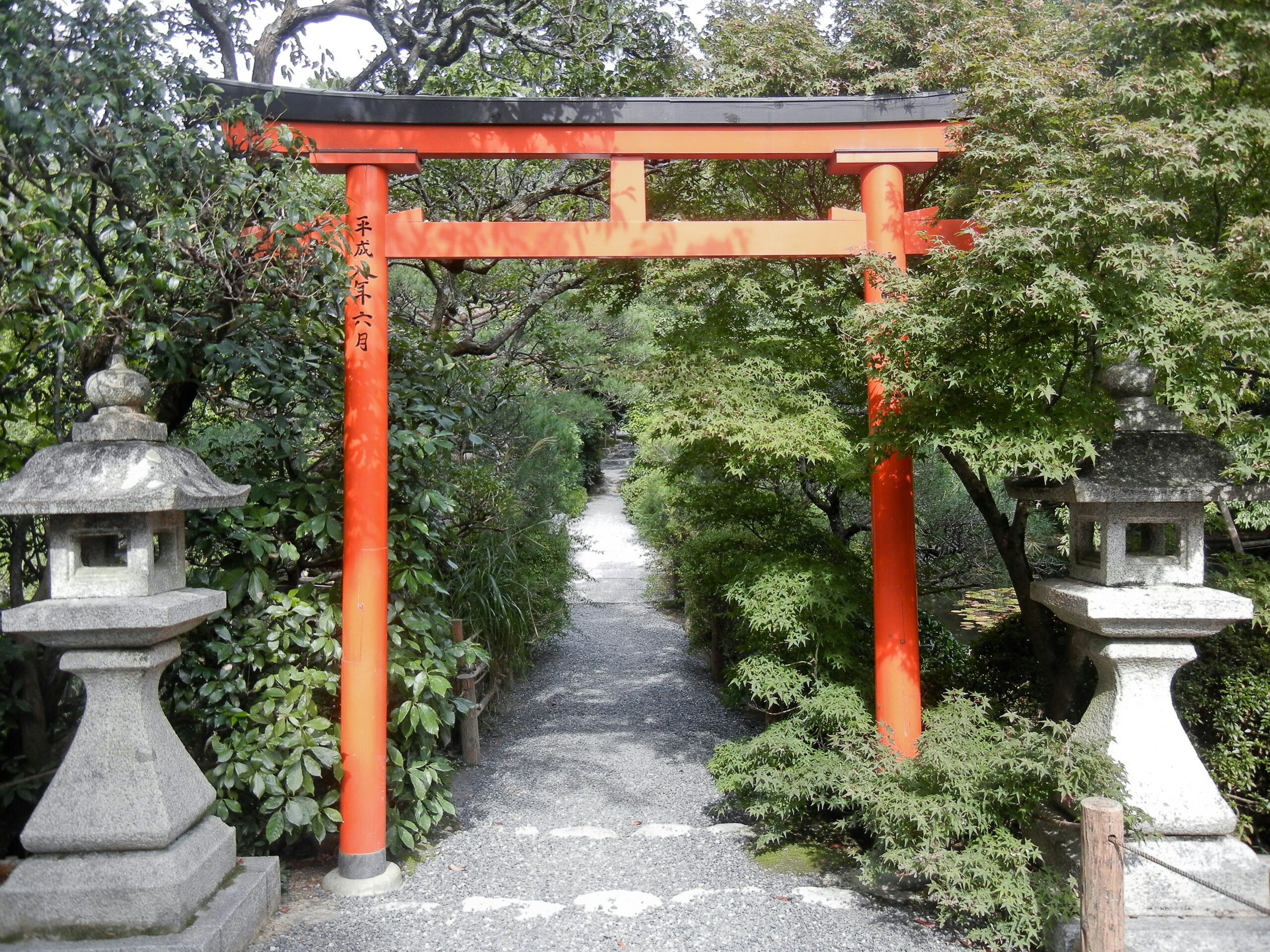
Wabi-sabi is the art of finding beauty in imperfection, impermanence, and simplicity – and Japan lives and breathes this philosophy. You’ll feel it in a weathered teacup at a local ceramics studio in Mashiko, or in a crumbling wall of a centuries-old Kyoto alleyway. There’s elegance in the worn and the faded, and the quiet spaces between sounds.
For a true wabi-sabi experience, wander the grounds of Ryoan-ji Temple in Kyoto. The rock garden here, spare and minimal, invites you to embrace the stillness and let your mind wander. Or, you can head to Naoshima, Japan’s art island, where old fishing houses have been turned into minimalist galleries that celebrate the quiet beauty of decay and time.
Nature’s Prayer: The Serenity of Nachi Falls
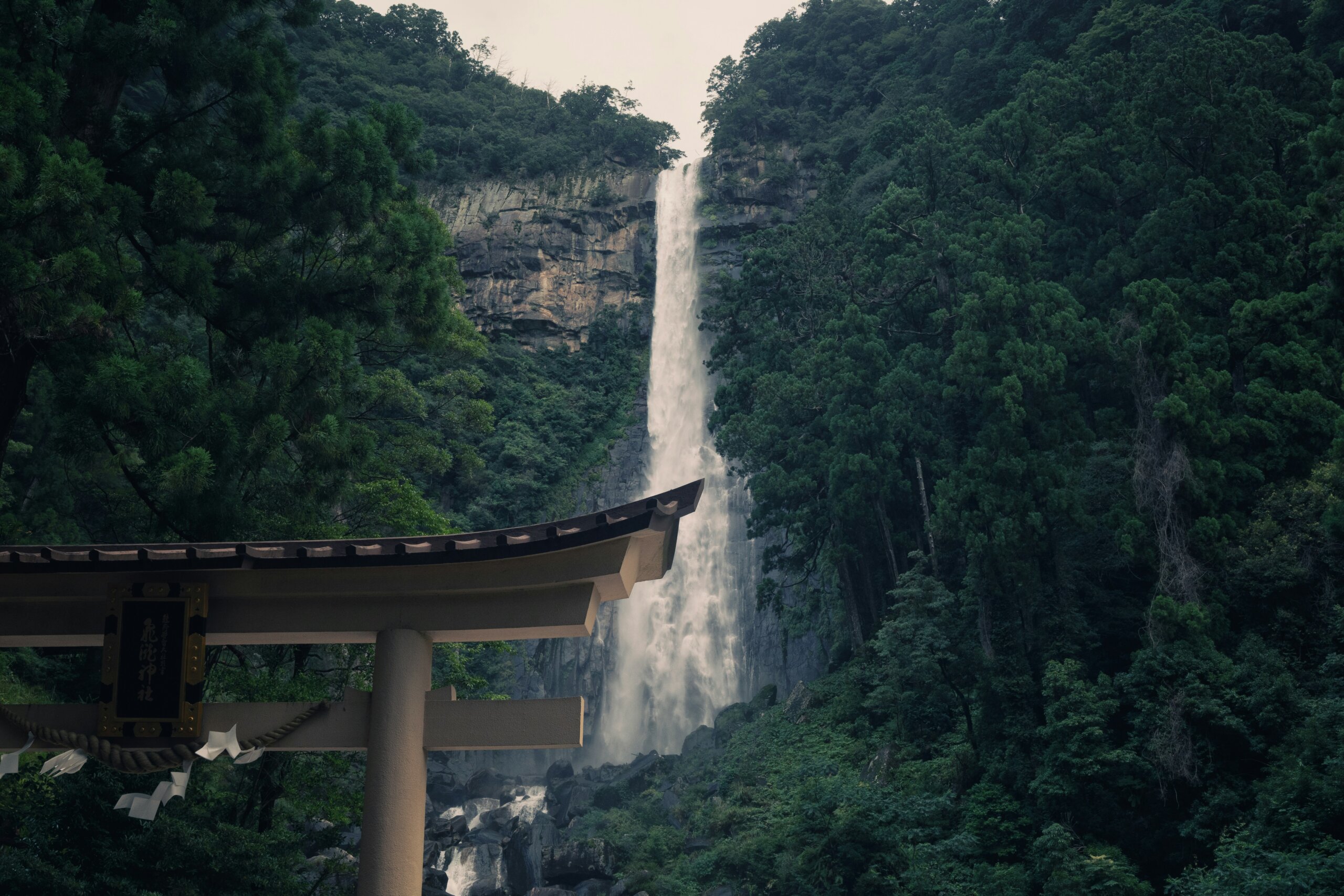
Tucked away in Wakayama Prefecture, along the Kumano Kodo pilgrimage route, Nachi Falls is Japan’s tallest single-drop waterfall and a sacred site for both Shinto and Buddhist practitioners.
The sight of the water plunging over 400 feet into lush greenery is breathtaking, and the energy around it feels sacred. Even if you’re not on a spiritual journey, standing at the base of the falls has a way of cleansing your mind.
Right next to the waterfall is Seiganto-ji Temple, a striking red pagoda that perfectly frames the falls for one of the most iconic views in Japan. This harmony of nature and spirituality is what makes Nachi Falls more than just a pretty spot. It’s a place to reconnect with the natural world and your place within it.
Living with Purpose: Discovering Ikigai in Japan
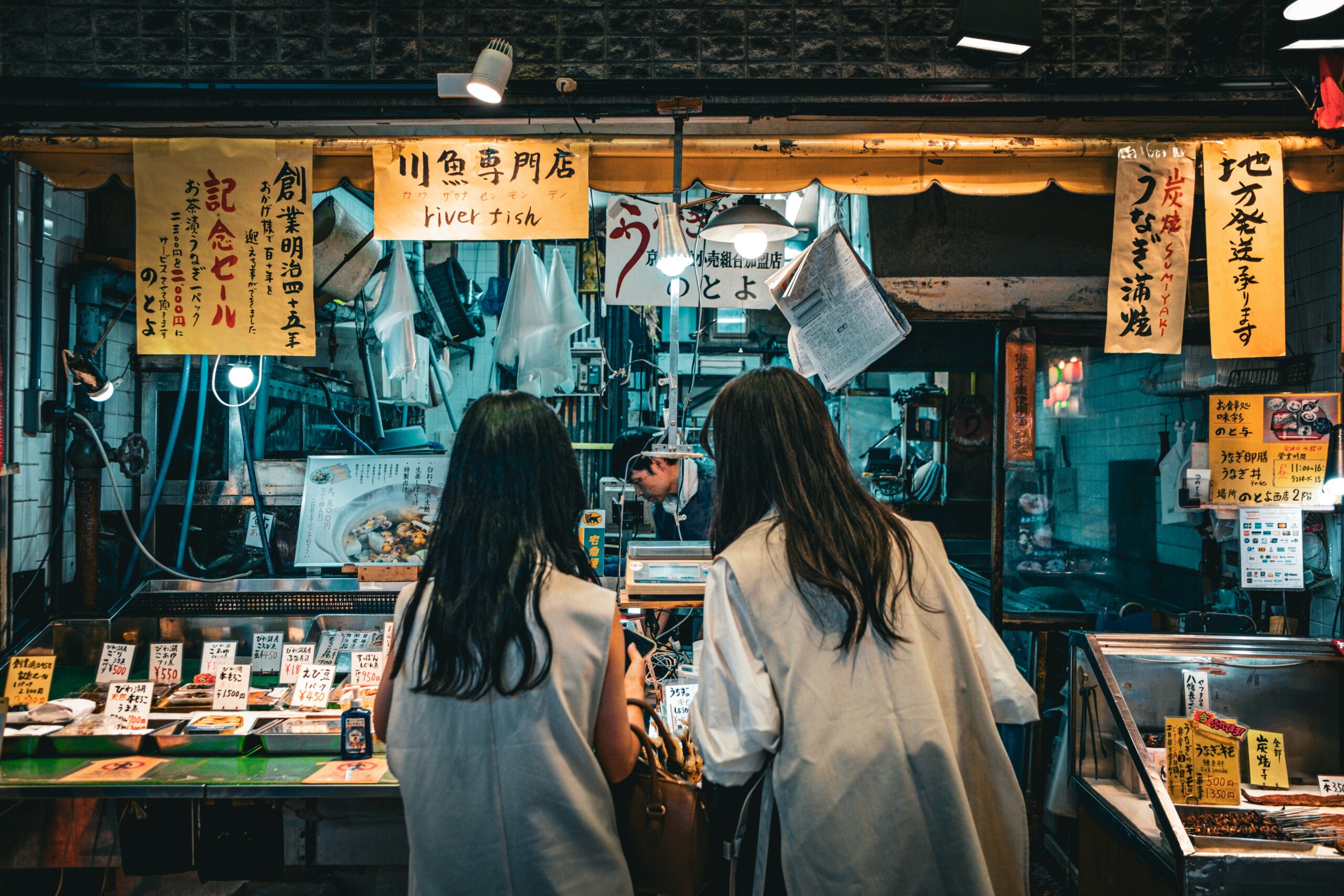
Ikigai loosely translates to “a reason for being” and, in Japan, it’s not a lofty ideal. It’s woven into everyday life. Whether it’s a sushi chef perfecting their craft for decades or a gardener tending to a bonsai tree, ikigai is about purpose, no matter how small the task may seem.
You can visit the Nishiki Market in Kyoto or the Tsukiji Outer Market in Tokyo, and you’ll see this dedication in motion. There are vendors who have sold pickled vegetables or hand-crafted knives for generations, and they’re full of quiet pride.
For a deeper understanding of ikigai, you can also spend time in Tottori or Ehime Prefecture, where life moves slowly and community ties run deep. These regions are full of farmers, artists, and craftspeople who live with intention and passion. It’s a beautiful reminder that wellness isn’t just about relaxing. It’s also about loving what you do and feeling connected to your place in the world.
Where Longevity Blooms: The Wellness Wisdom of Okinawa
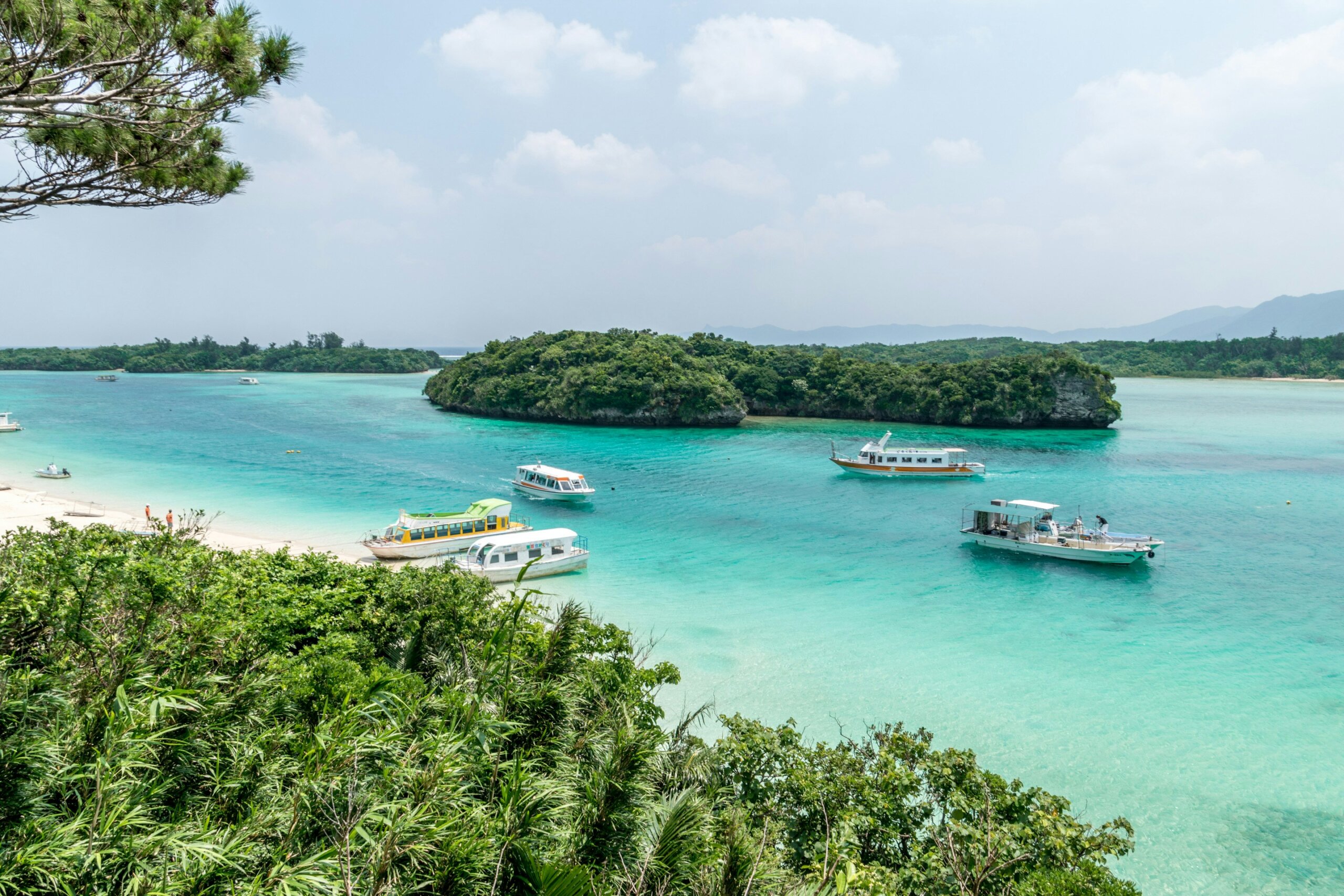
With its warm climate, turquoise waters, and famously long-living residents, Okinawa is a wellness dream come true. Locals here credit their health to a mix of community connection, a plant-based diet, and a philosophy known as yuimaru, which emphasizes social harmony.
You can visit Ogimi Village, often called the “Village of Longevity,” where you’ll meet sprightly elders tending gardens, practicing tai chi, and living joyfully well into their 90s and beyond.
Beyond the wellness practices, Okinawa is simply magnificent. You can snorkel through coral reefs, hike to quiet cliffside viewpoints, or just stretch out on the sand and soak in the island’s gentle pace. Whether you’re here for the health secrets or a moment of peace, Okinawa will wrap you in its warm embrace.
In addition to the wonders of Okinawa, here are ten more of our favorite spots in Japan.
The Stillness in a Cup: Matcha Tea Ceremonies Across Japan

A matcha tea ceremony in Japan is more than just sipping green tea. It’s a slow, meditative ritual that brings you fully into the present moment. In Kyoto, you can attend traditional ceremonies at places like Camellia Flower Teahouse, tucked near Ninenzaka, or Tea Ceremony KOTO in Gion, where experienced hosts guide you through each step with grace and intention.
You’ll also find lovely tea experiences in Tokyo at Hamarikyu Gardens, where matcha is served in a teahouse overlooking a peaceful pond. Or you can make a stop in Uji, a city just south of Kyoto. It’s known as the birthplace of some of Japan’s finest green tea, and you can visit historic tea houses like Taihoan, where the tea is as rich as the atmosphere. Each ceremony is an invitation to pause, breathe deeply, and appreciate the simple beauty of a shared cup.
Healing Through Every Bite: Nourishment, the Japanese Way
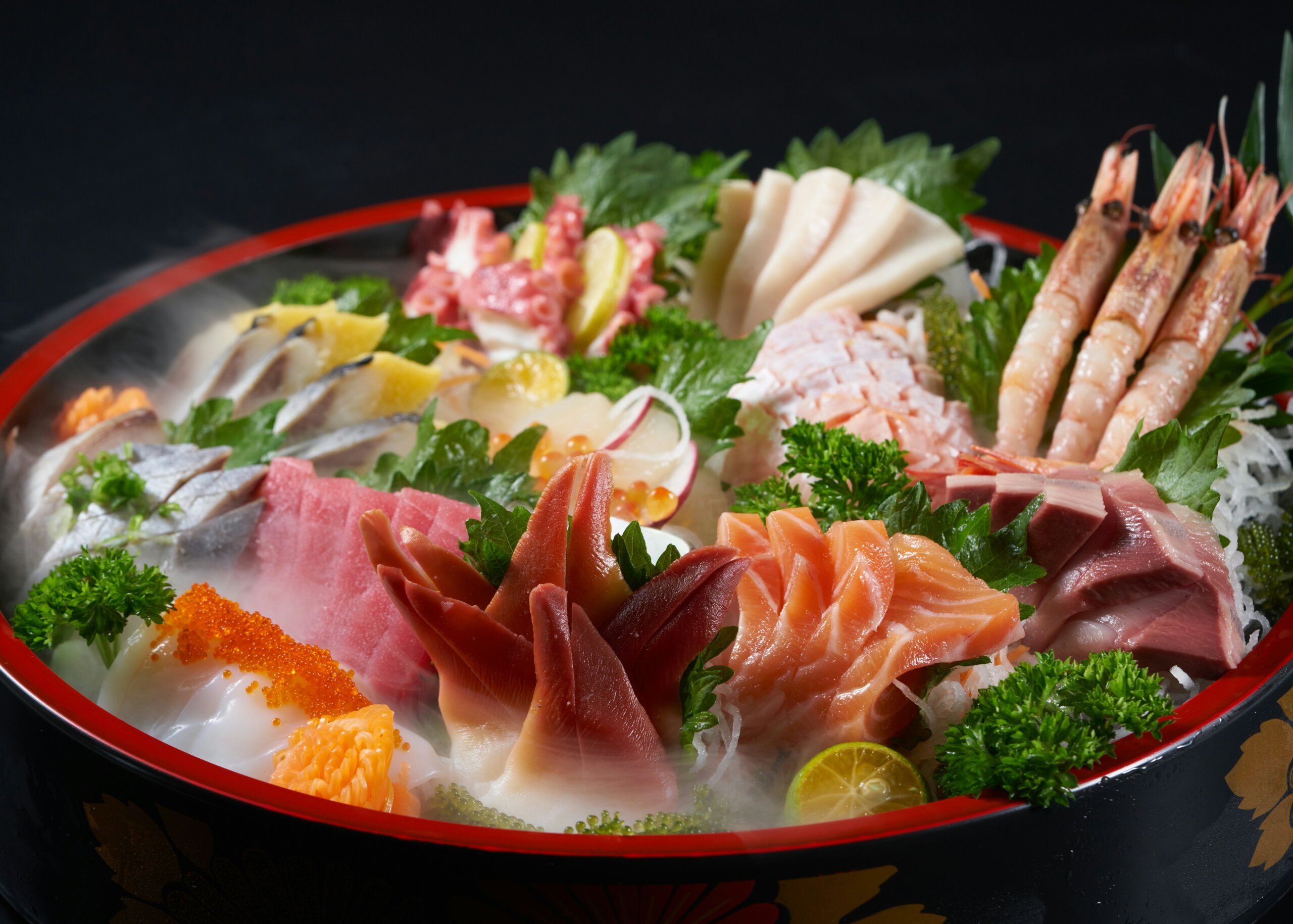
Japanese cuisine is famously healthy and wildly delicious. You’ll find balanced meals built around rice, vegetables, fermented foods, and light proteins like fish or tofu. A traditional breakfast of grilled salmon, miso soup, pickles, and natto (fermented soybeans) might be a far cry from your usual toast, but it’s a nourishing way to start the day.
Don’t miss shojin ryori, either, the plant-based Buddhist cuisine you’ll find at temples or specialty restaurants. Each dish is made with seasonal ingredients and presented with artistic care. Then there’s kaiseki, a multi-course meal that feels more like a meditation than dinner. Your table will be filled with delicate sashimi, seasonal vegetables, and soup, all served in stunning ceramic dishes.
If that sounds good to you, here are 40 more foods you have to try while visiting Japan.
Whispers of the Divine: Temples That Touch the Soul
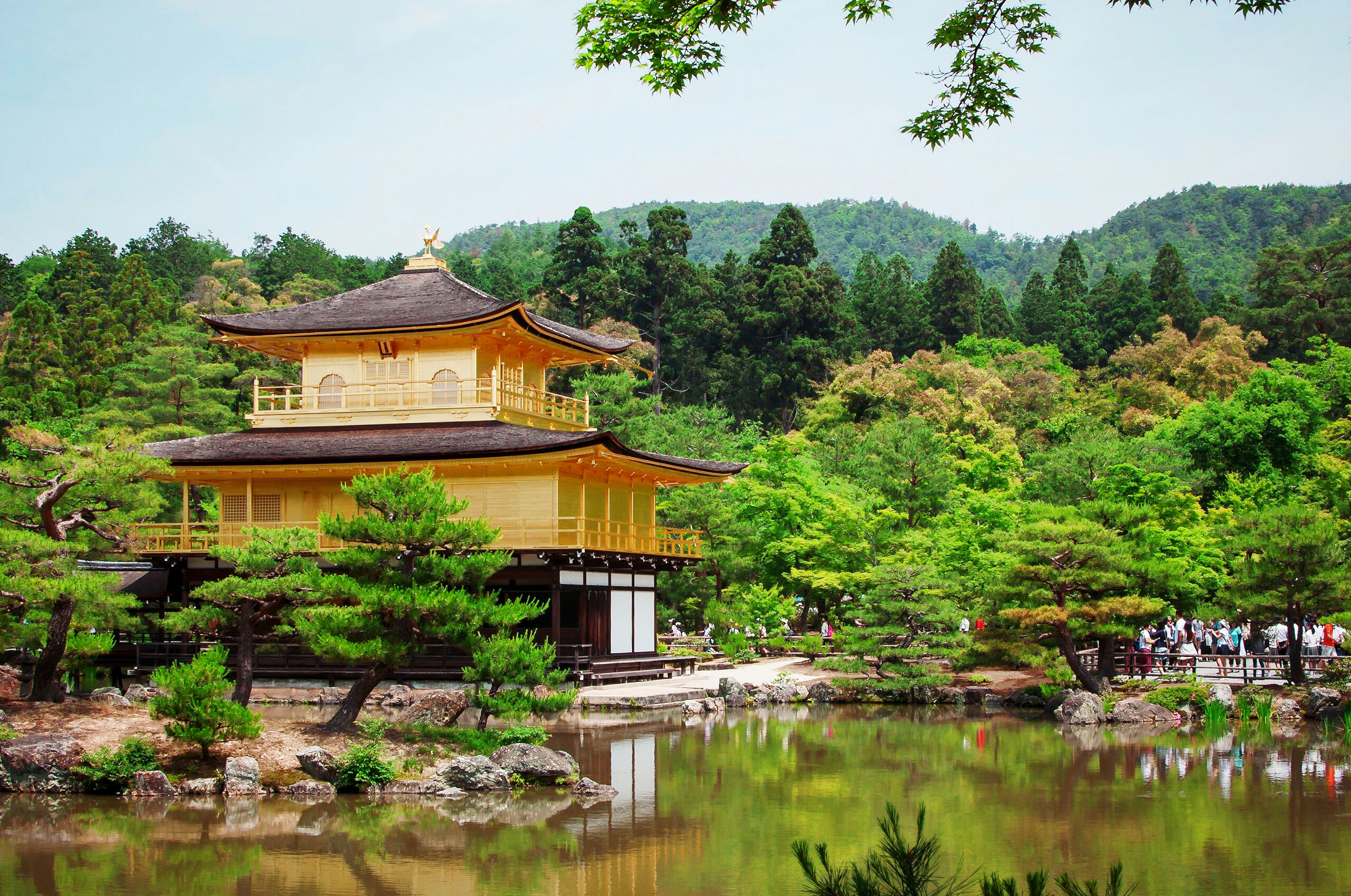
Kyoto is temple central, and there’s no shortage of peaceful spots to rest and reflect. Visit Kinkaku-ji (the Golden Pavilion), which shimmers in the sun beside its reflecting pond, or Ginkaku-ji (the Silver Pavilion), where moss gardens and raked sand paths create a sense of quiet harmony. Both are beautiful in any season.
In Nara, Todai-ji Temple houses a massive bronze Buddha and sits in a park filled with friendly deer. Or, you can head to Kamakura, a coastal town just south of Tokyo, where Hasedera Temple showcases stunning ocean views and a calming atmosphere. These temples aren’t just architectural wonders. They’re spaces to reconnect with yourself in a world that moves a little too fast.
A Journey to Wellness, The Japanese Way
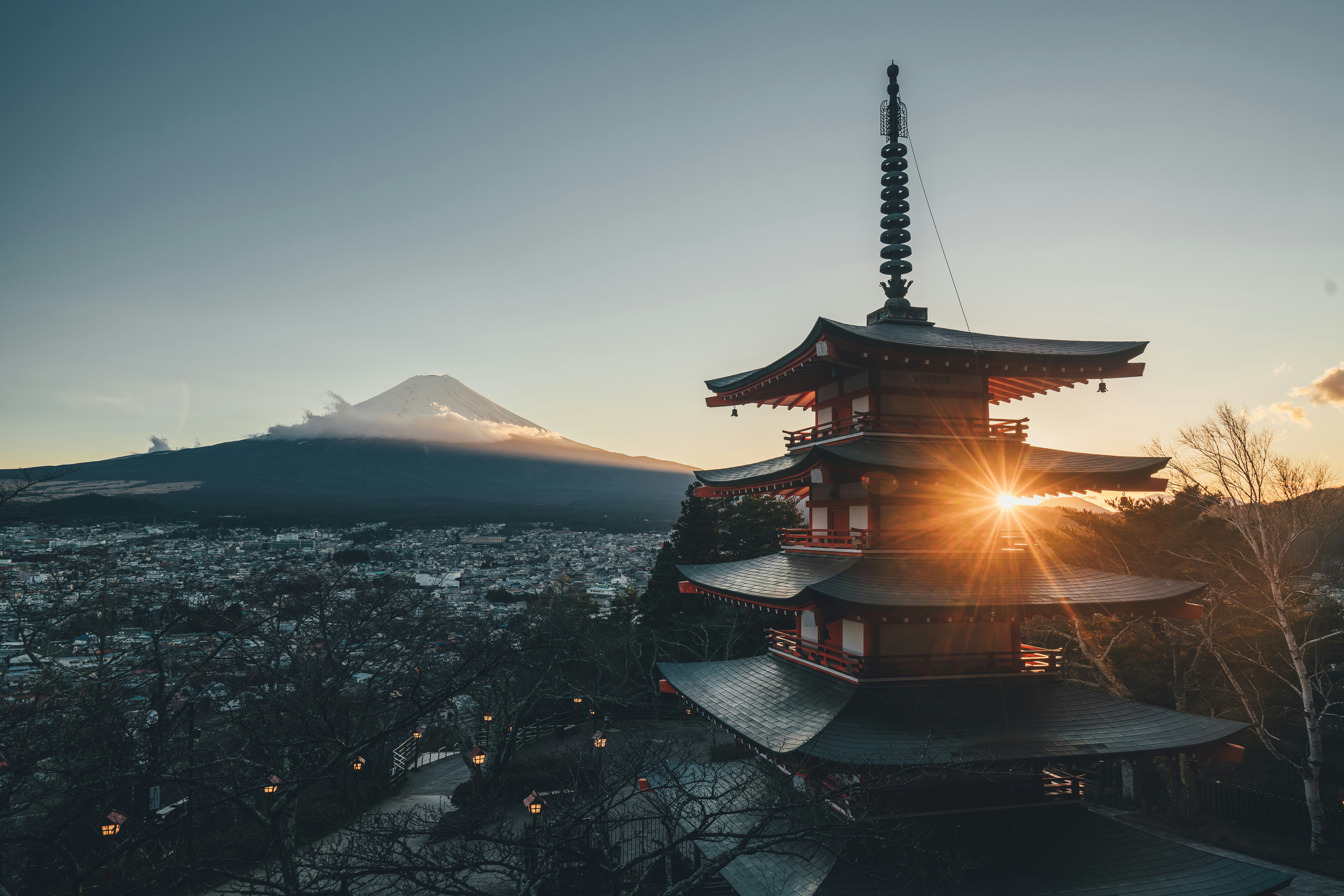
Wellness in Japan isn’t about trendy self-care routines or quick fixes. It’s about deep, meaningful practices that have stood the test of time – rituals, philosophies, and spaces that invite us to slow down, breathe in, and be.
Whether we’re soaking in an onsen under the stars or walking a quiet temple path, Japan reminds us that peace is possible and healing doesn’t have to be loud.
As you prepare to pack your bag and follow the call, come take a quiet stroll through our library of destination guides. We’ll help you craft the perfect itinerary, whether you’re visiting these healing lands or anywhere else in this great, big world.
